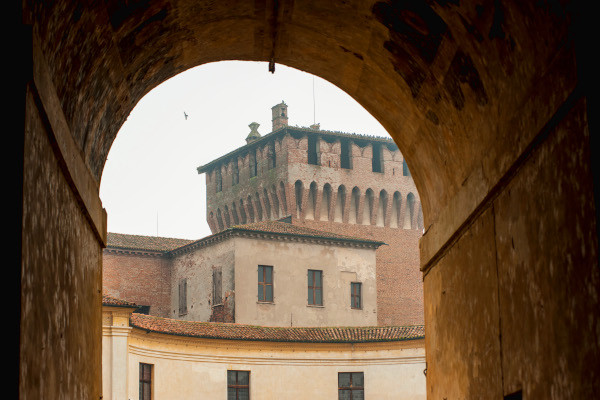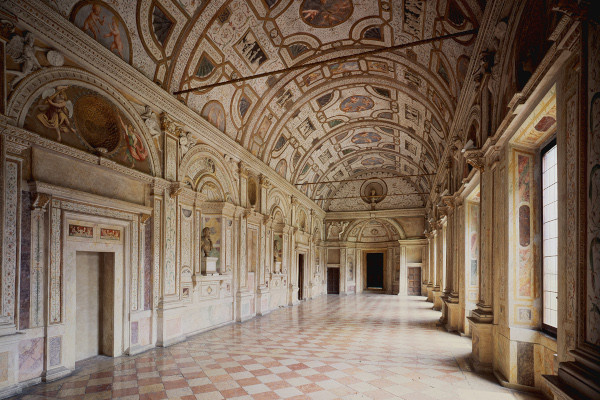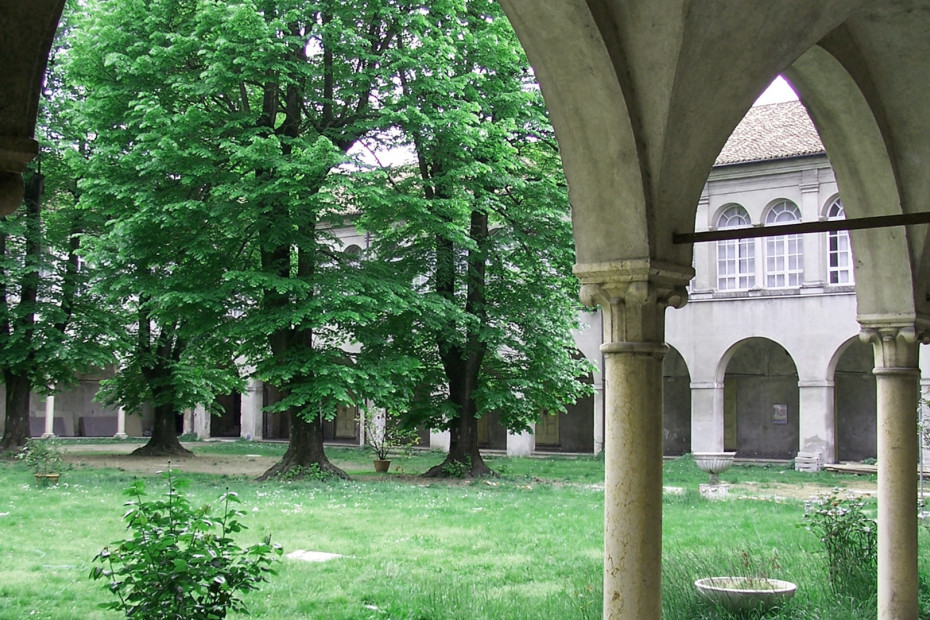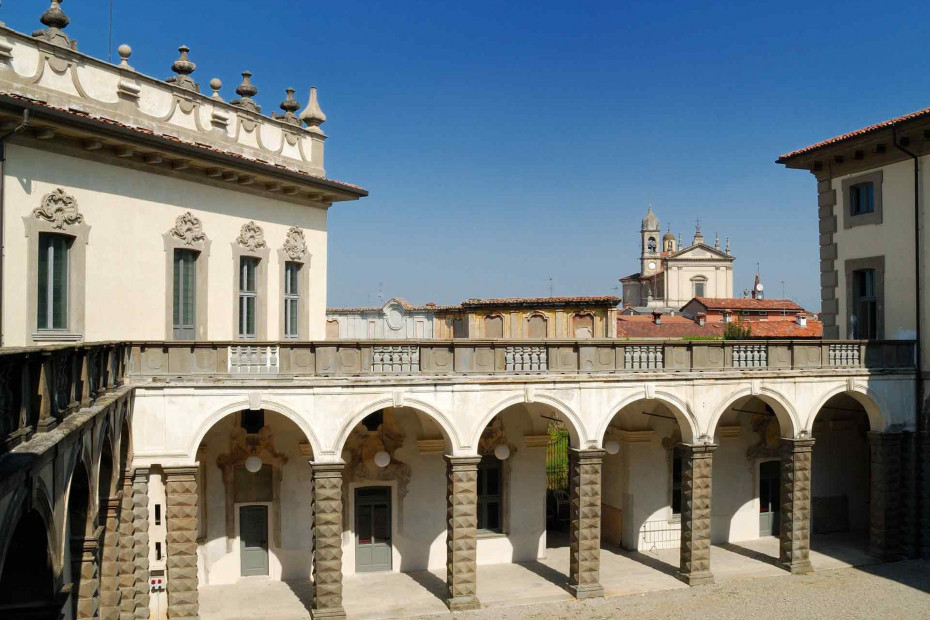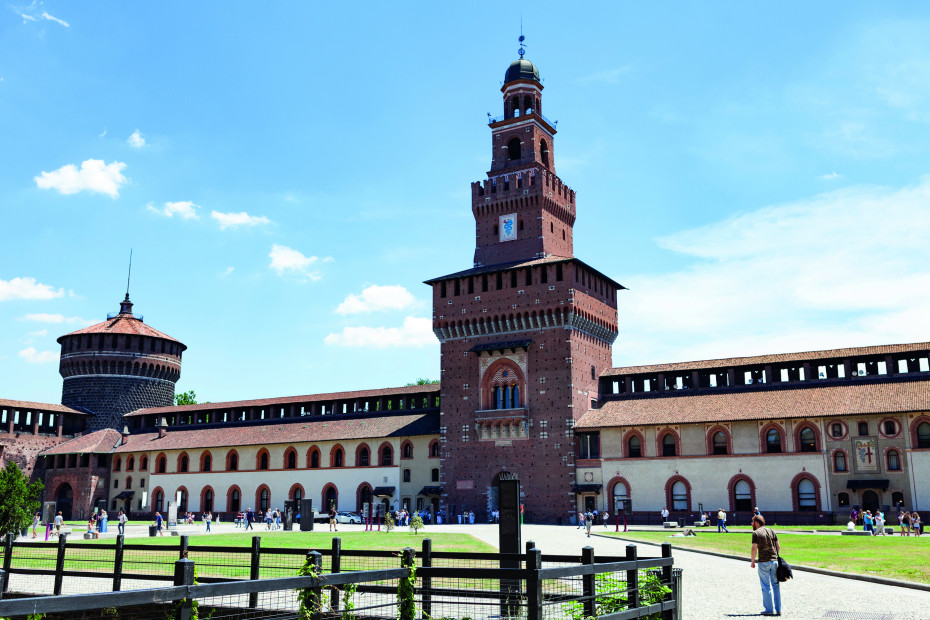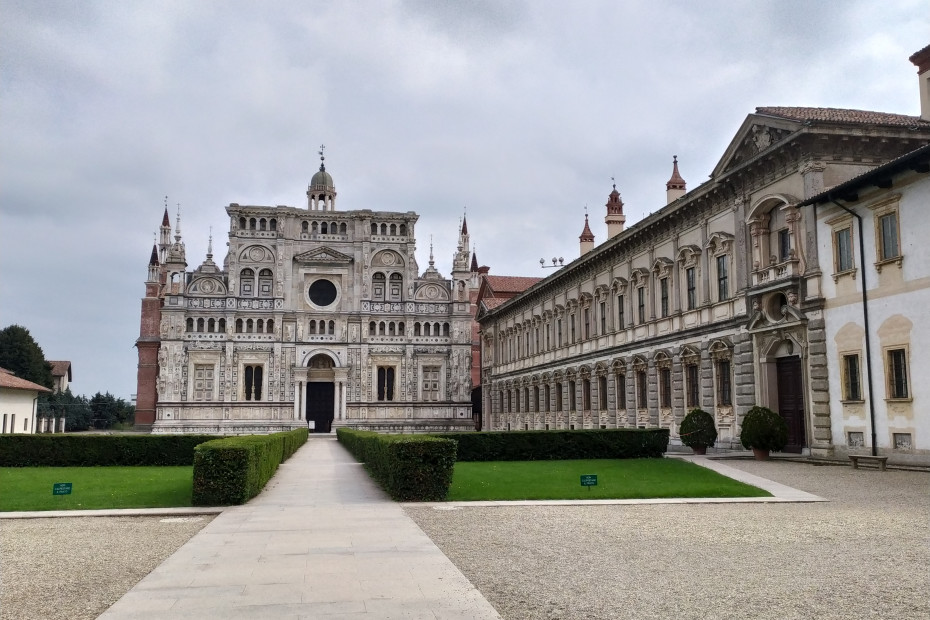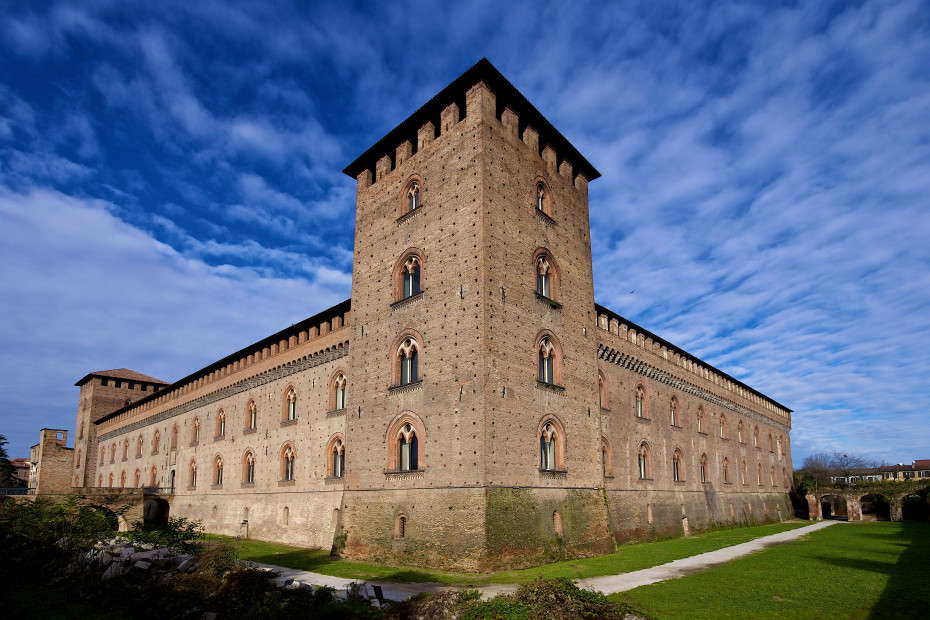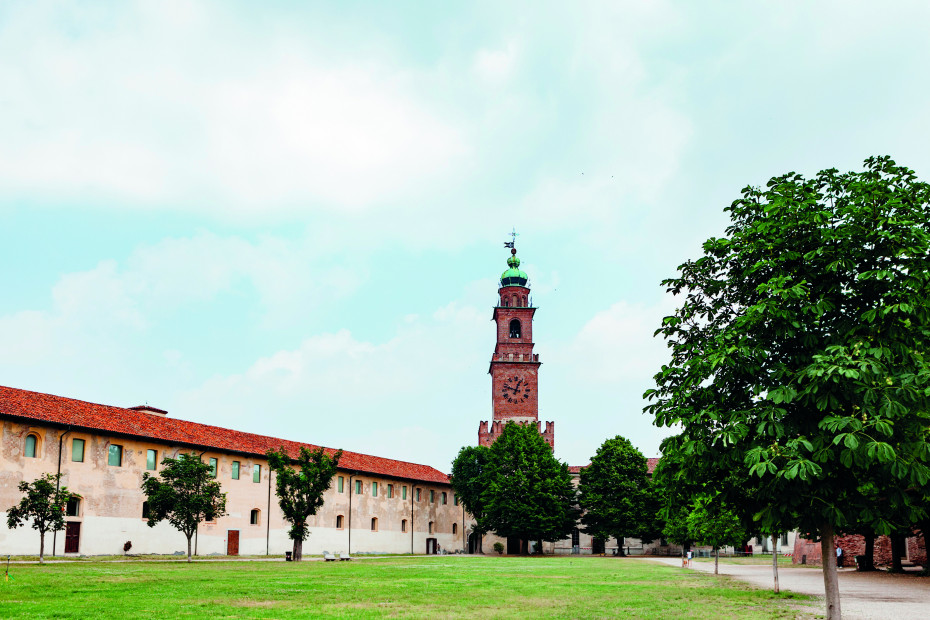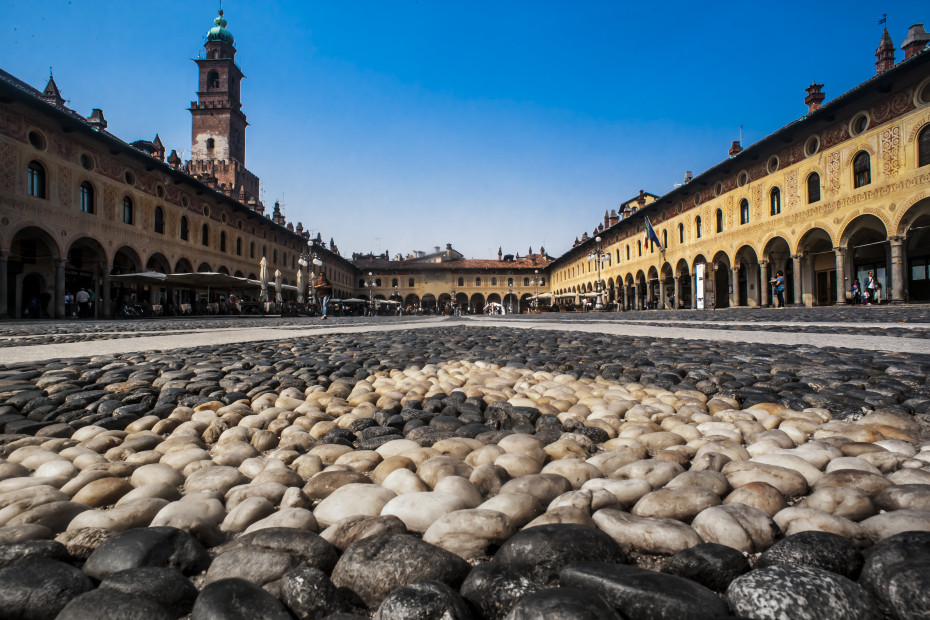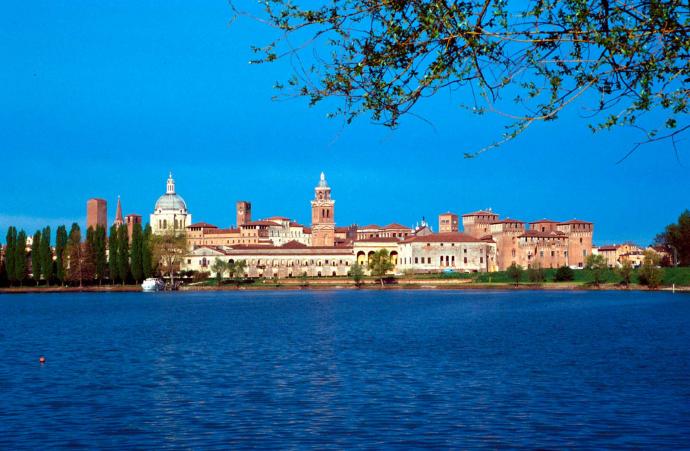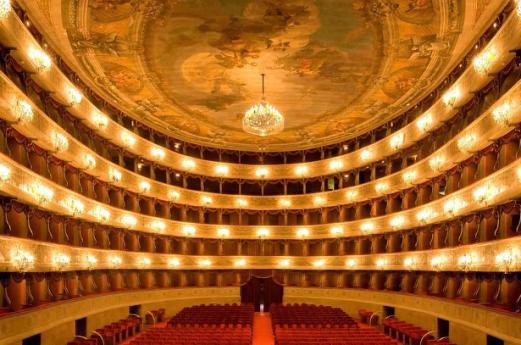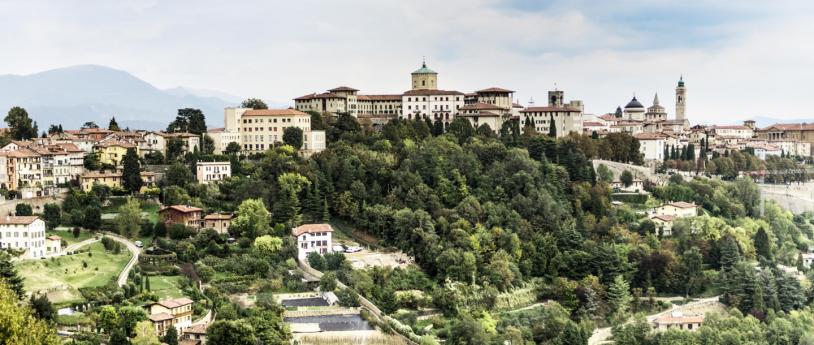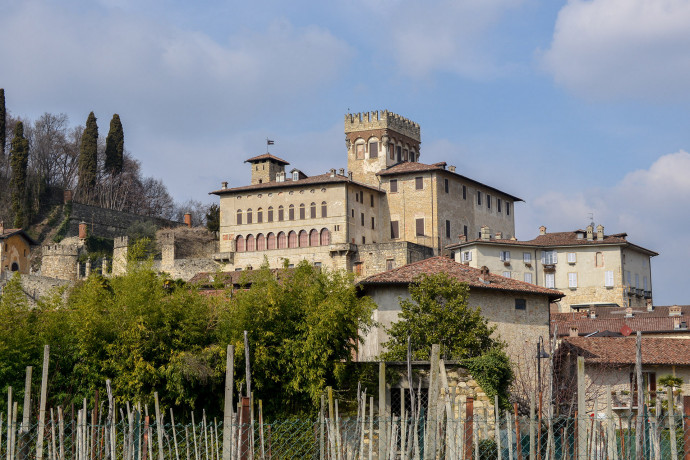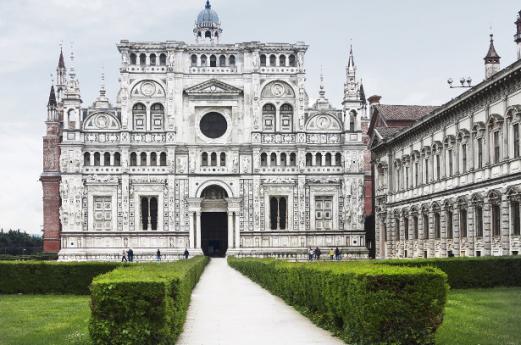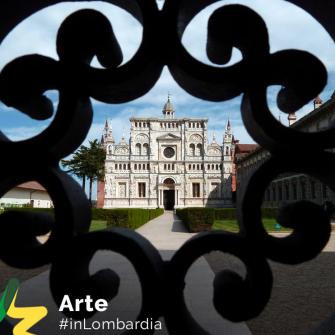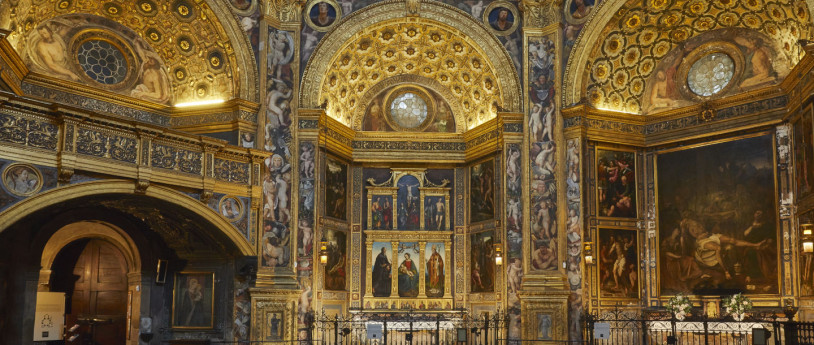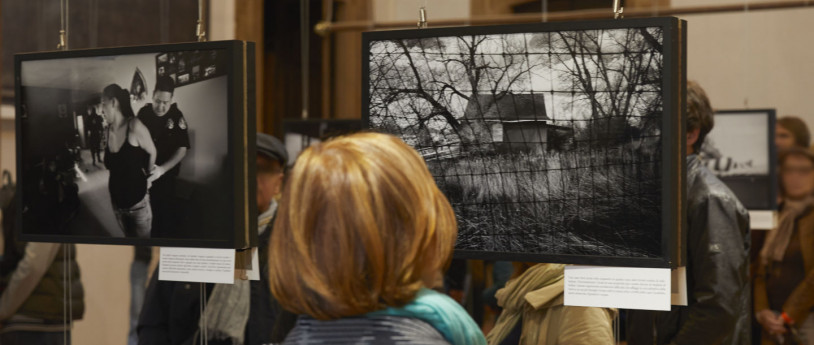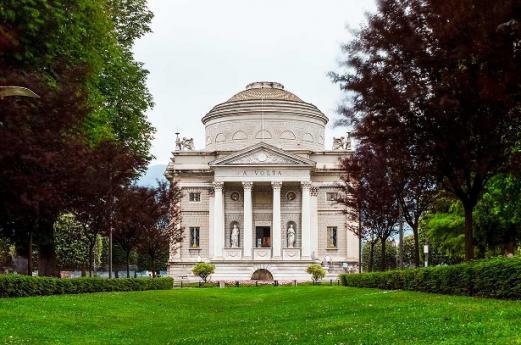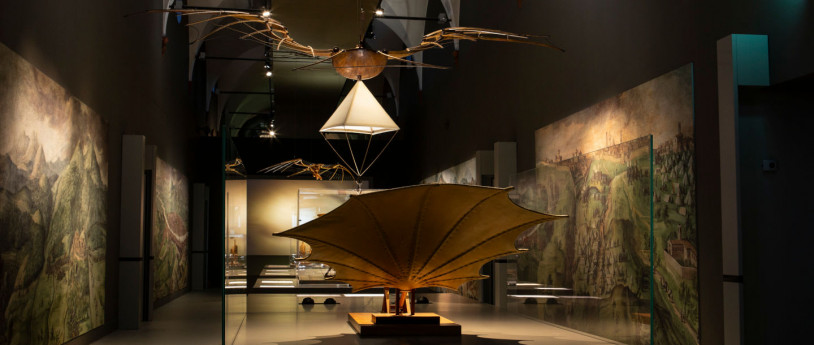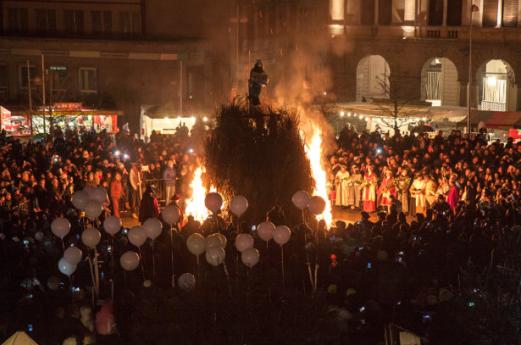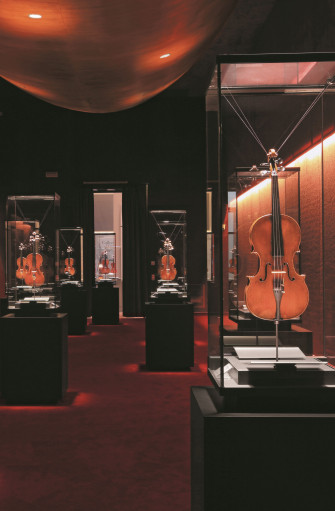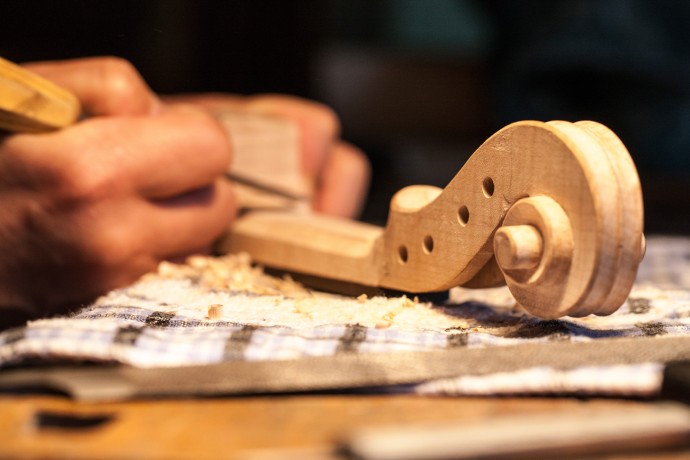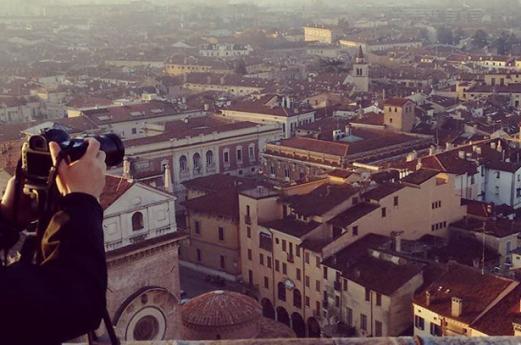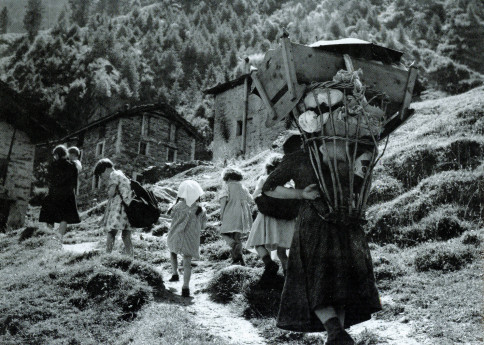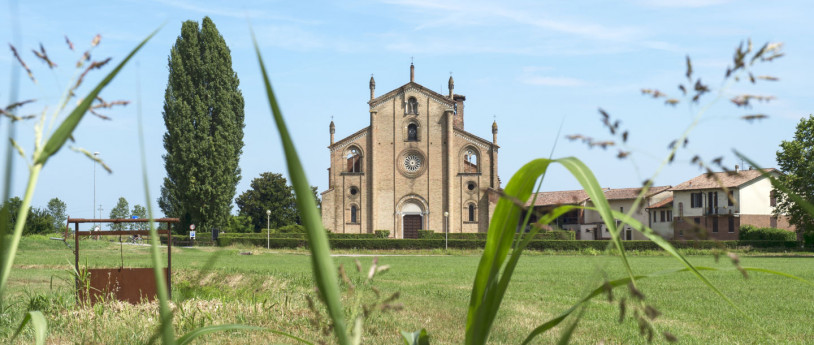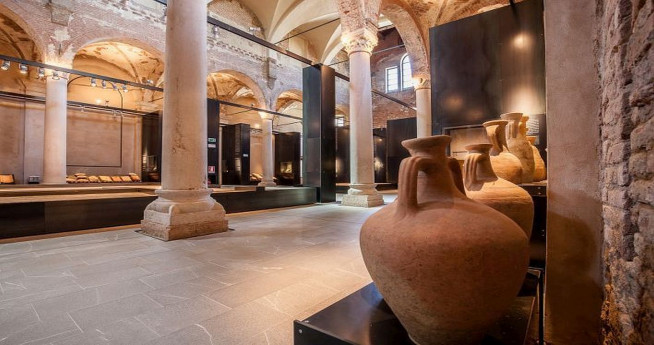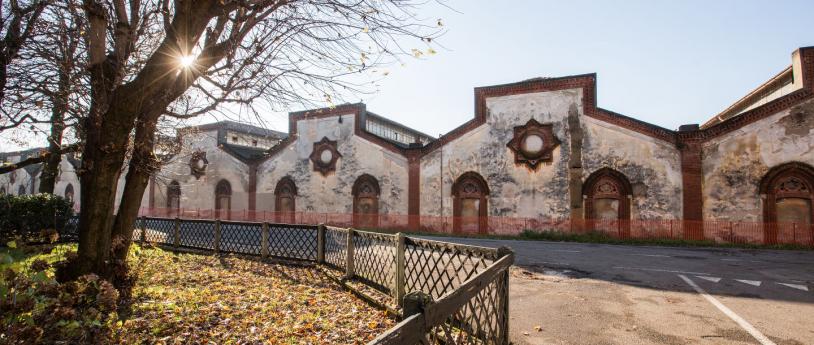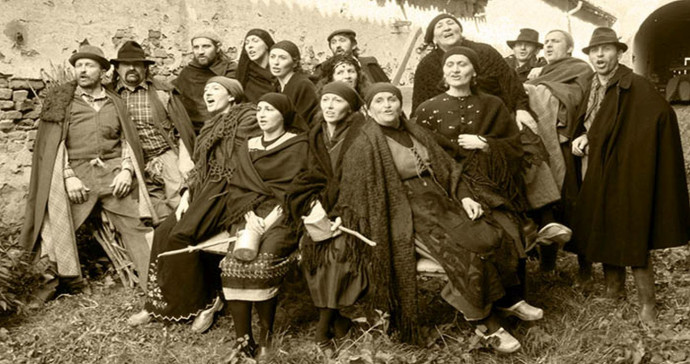- Art & Culture
The Lombard seigniories: key figures, history and places
Seigniories were born in response to the inner crisis of municipalities, at a time when factionary conflict had reached its peak and was putting their very existence at risk.
In Italy, this new starting point is pinpointed between the 13th and 15th centuries, when various municipalities of different regions started concentrating more and more power in the hands of rich and influential families.
This historical phenomenon had a rather short life in some regions, but would be destined to last much longer in Lombardy than elsewhere: Mantua would be ruled first by the Bonacolsi, then by the Gonzaga family; while Milan saw the successive rule of the Della Torre, Visconti and, lastly, the Sforza.
In the 15th century, the lords of Lombardy often became patrons of the arts. While undeniably guilty of rights violations and maladministration of justice, they are to be credited for embellishing Italian cities with spectacular works of art that have survived to our times, tangible proof of the best side of their era.
Beginning with a thorough exploration of the majestic residence of the Dukes of Mantua, we will set off on an itinerary among the most significant testimonies of the immense historical and artistic heritage of the Lombard seigniories.
DUCAL PALACE OF MANTUA
One of the finest examples of the grandeur and opulence enjoyed by the lords of the "city of three lakes", Mantua's Ducal Palace is the sixth largest palace in Europe - large enough to be described as a "city-palace". It owes much of its magnificence to the Gonzaga family, with each successive generation adding their own personal wing to the palace complex, which they decorated with the works of art in their possession.
The palace remained the official residence of the Dukes of Mantua from 1328 to 1707. It originally consisted of several independent buildings, up until 1556, when, commissioned by Duke William, Giovan Battista Bertani merged them together into a single, grandiose, architectural complex. Stretching from the banks of the lower lake to the Piazza Sordello, the complex was later completed with the addition of squares, gardens, tunnels and courtyards, which permanently transformed its appearance into that of a ducal palace.
It continued expanding during the four centuries of Gonzaga rule, through both the construction of new buildings and renovation of existing ones.
WHAT TO SEE AT THE DUCAL PALACE IN MANTUA
Since it would be impossible to explore the entire the complex in a single visit, these are the locations of Mantua's Ducal Palace that we suggest you don't miss.
The Captain's Palace
Overlooking Piazza Sordello and part of the original nucleus that gave rise to the Corte Vecchia (Old Court), the Captain's Palace is the oldest building in the entire complex. Commissioned by Guido Bonacolsi at the end of the 13th century, the palace was initially only two floors high. Later, another floor was added and the building was connected to the Magna Domus through the monumental façade, whose portico still stands today. A second additional floor was then constructed, composed of a single large room known as the Armoury Hall or Diet Hall, as it hosted the 1459 Diet of Mantua, a papal council held to organize an expedition against the Ottomans.
Apartments of Isabella d'Este
Another must-see in the Corte Vecchia, this room is considered one of the most interesting locales of the Italian Renaissance. The highly-educated Isabella d'Este chose it as her private studio, a luxury granted to very few nobles. Once decorated with paintings by the greatest artists of the time, such as Mantegna and Perugino (now housed at the Louvre Museum in Paris) and full of science collections and various antiques, the Apartments of Isabella D’Este are richly fitted with furnishings sporting inlaid wooden doors, precious gems and rare natural curiosities. This impressive collection is sure to captivate visitors.
The Hall of Pisanello
Pisanello was among the leading exponents of the "flamboyant Gothic" style. In the mid-14th century, he began working on a grandiose cycle of late Gothic frescoes that likely depict the deeds of the Knights of the Round Table, as narrated in the Breton novel "Lancelot". Covered over and forgotten for centuries, this work was accidentally rediscovered only in the 1970s. As part of the promotional plans for this piece, the "Pisanello: Turmoil of the World" exhibition, scheduled to run from 7 October 2022 to 8 January 2023, makes full use of the frescoes' potential by establishing them as a permanent fixture.
The Tapestry Rooms
The Tapestry Rooms are another apartment in the Corte Vecchia, composed of 4 rooms and housing 9 large, 16th century tapestries, woven in Flanders. These are reproductions of the Acts of the Apostles series designed by Raphael for the Sistine Chapel: the Brusselian weavers made use of authentic copies of the "sensitive genius"' drawings. This supremely beautiful cycle of Renaissance works, a blend of art and craftsmanship, was purchased in 1559 by Ercole Gonzaga for the Basilica of Santa Barbara, and transferred to its current location in the 18th century.
The Bridal Chamber
A room of rare splendour and a true masterpiece of the Renaissance, the Camera Picta (or Bridal Chamber), frescoed by Mantegna, is rendered even more extraordinary by the minute dimensions that enhance the perfection of the figures and painted landscapes. In fact, it is not actually a bridal chamber at all, but a reception room whose paintings celebrate the wealth and power of the Gonzaga family, through scenes depicting their lives. With a separate entrance to the rest of the Palace, this room is located inside the Castle of San Giorgio; in view of the delicacy of its paintings, which underwent a long process of restoration, today it can only be visited by small groups for 15 minutes, at most.
The Metamorphoses Gallery
Built in 1536 and forming part of the Corte Nuova, the Metamorphoses Gallery is situated near the Garden of Simples and consists of a series of beautiful, decorated rooms, since 9 April 2022 open again to visitors with a standard entrance ticket. The rooms host an entire new collection that aims to evoke the Gonzaga's famous Wunderkammer ("chamber of wonders"), through recent acquisitions and a surprising reconstruction of that world. The gallery reproduces the place where the Dukes of Mantua kept their natural history collections (today only the hippopotamus of the Kosmos of Pavia remains): a sort of science museum whose purpose was to impress popes, princes and diplomatic delegations visiting Mantua with a sense of their power.
